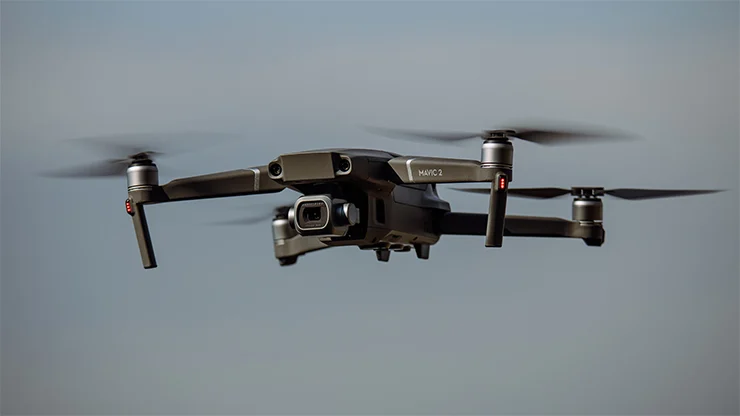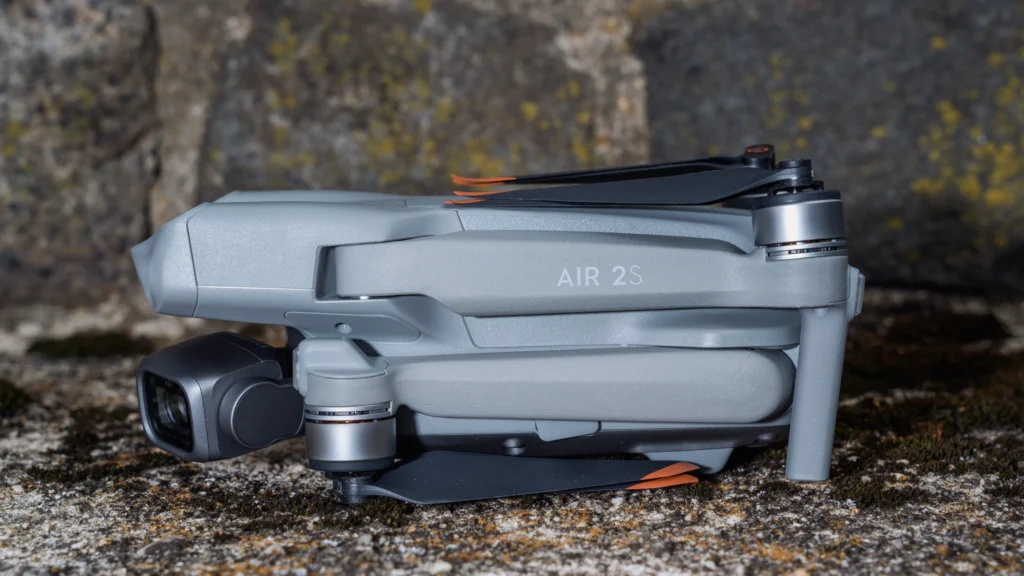DJI Mavic 2 Zoom Review: Powerful, Portable, and Packed with Features
If you’re searching for a compact drone that delivers serious performance and stunning visuals, the DJI Mavic 2 Zoom might just be what you’re looking for. Sleek, smart, and impressively capable, this drone offers advanced features in a travel-ready package. Let’s explore what makes the Mavic 2 Zoom a standout choice for drone pilots, content creators, and aerial photography lovers alike. The DJI Mavic 2 Zoom is one of the budget friendly camera drones yet among the best in the market and its available in amazon,walmart,B&H, and dji retailers. First Impressions: Sleek and Functional Right out of the box, the Mavic 2 Zoom impresses with its dark gray finish, silver accents, and compact design. It shares the same design DNA as the original Mavic Pro, but with subtle refinements that make a big difference. One handy change is the updated gimbal cover, which protects the camera during transport. While attaching it can be tricky at first, DJI includes a quick diagram to help. Once you get the hang of it, it becomes second nature. DJI also added LED landing lights to assist in low-light takeoffs and landings—especially helpful when downward sensors struggle to detect the ground. Upgraded Obstacle Avoidance and Sensors The Mavic 2 Zoom features Omnidirectional Obstacle Sensing, giving it a full suite of sensors on the front, back, sides, top, and bottom. Despite having so many sensors, the drone’s body stays clean and compact—no bulky bulges or awkward protrusions. Controller: Smart, Portable, and Phone-Friendly The included remote controller now features removable “stow-and-go” joysticks, just like the Mavic Air. This makes it easier to toss into your bag without damaging anything. Rubberized grips improve comfort, even when using a larger phone like the Samsung S8 Active. One standout feature? The controller charges your phone during flight if its battery drops below 40%. That’s a thoughtful bonus from DJI. Just note: most phone cases will need to be removed for a proper fit inside the controller grips. Another cool touch? The integrated charging cable built into the charger itself—no more digging around for a spare wire when your controller is running low. Flight Performance: Fast, Smooth, and Confident DJI didn’t just make the Mavic 2 Zoom look good—it flies better than ever. Key Flight Specs: The Mavic 2 Zoom shares the same body as the Mavic 2 Pro—same size, weight, and flight power. The only difference? The camera system. In the air, it handles beautifully. Acceleration is responsive, and braking is smooth (depending on your control settings). The new quieter propellers reduce noise, but they’re not compatible with older models like the Mavic Pro. Flight Modes for Every Situation You get three primary flight modes, easily switchable on the side of the controller: Intelligent Flight Modes: Creative Shots Made Easy The Mavic 2 Zoom is packed with smart flight options that help you capture complex footage effortlessly. Key Intelligent Modes: QuickShot Presets: Zoom Capabilities: What Sets This Camera Apart The standout feature, of course, is the 2x optical zoom lens. It gives you flexibility to get closer to the action without moving the drone itself—ideal for subjects like wildlife, people, or architecture. You also get digital zoom when filming in 1080p, and DJI claims it’s lossless. The Mavic 2 Zoom even boasts up to 13 stops of dynamic range, helping preserve detail in highlights and shadows. Camera Specs at a Glance: You also get access to Super Resolution Mode, which stitches multiple shots into a 48MP image—a major bonus for landscape photography. Low-light performance is improved with DJI’s new Hyperlight mode, boosting image quality in dark environments. Final Verdict: A Top-Tier Drone With Zoom Power The DJI Mavic 2 Zoom brings everything you could want in a high-end drone—speed, stability, flight intelligence, and a unique camera that truly expands creative options. Whether you’re a hobbyist wanting cinematic family videos or a pro capturing commercial-grade footage, the Mavic 2 Zoom delivers. It’s smooth, fun to fly, and full of clever tech that makes even complex shots feel effortless. Looking for dynamic aerial content without carrying bulky gear? The Mavic 2 Zoom is a compact beast that checks all the right boxes.







